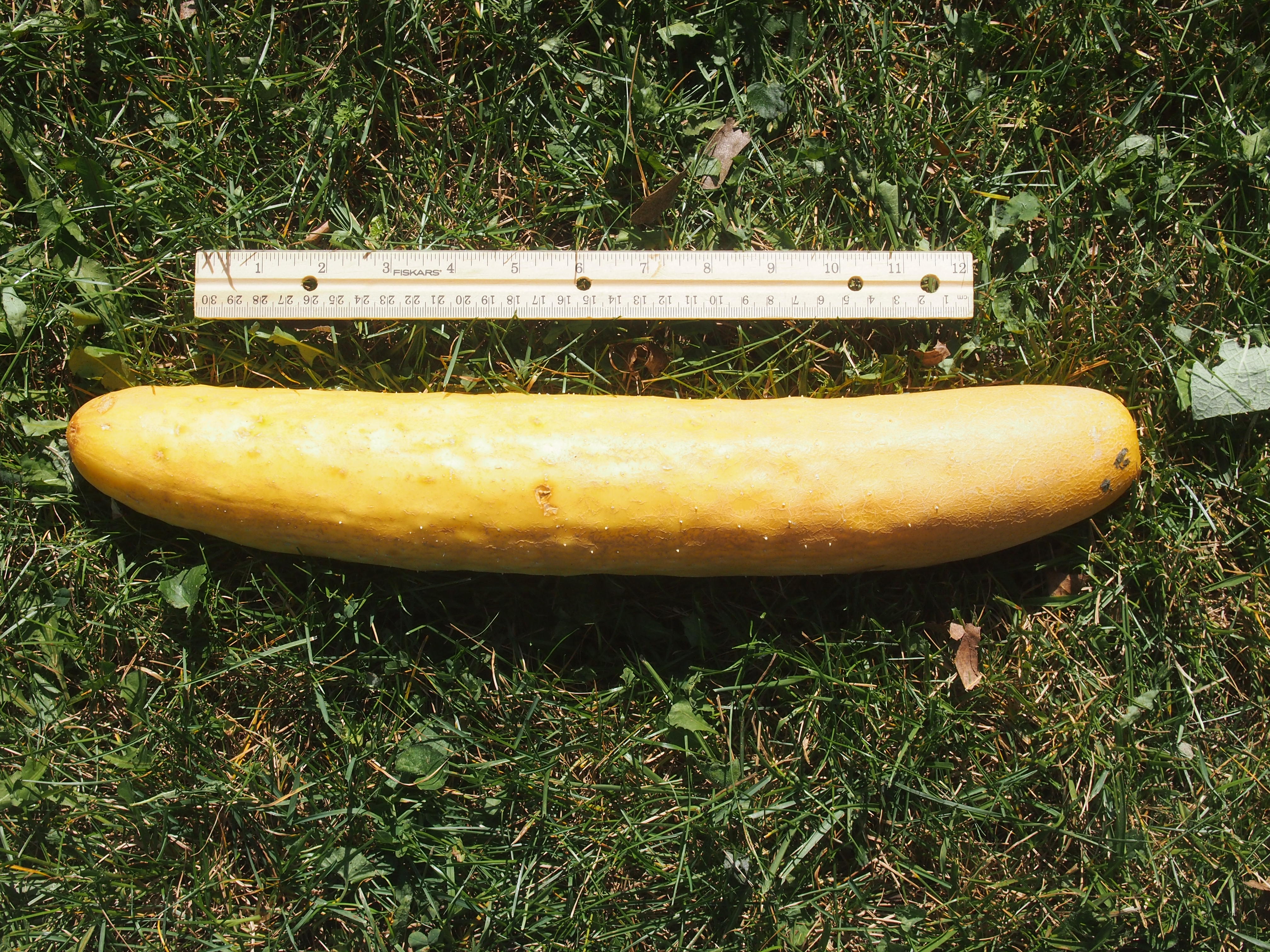Saw a few fireflies the other day, a certain sign of that nebulous period, high summer. The days might be getting shorter, but you don’t notice that yet — like the long moment at the top of ballistic trajectory. Back to posting around July 7.
Usually I rely on rain to wash my car or, if absolutely necessary, a hosing down on a warm day. But after our recent summertime jaunt to central Illinois-Indiana, enough bugs had met their insectoid maker against the leading edge of my car that I ponied up for an automated car wash. Half price ($5), though, since I had a coupon.
I find the journey through the car wash, at less than two minutes, visually and sonically interesting. I get that for my money, besides the removal of bug splatter.
So I held my camera as steady as possible during the splashing and blooping and hissing and flapping, along with elements of a minor light show.
The dog spent some time this morning trading insults with a resident squirrel. At least that’s how I want to think of it. The dog spotted a squirrel in the major back yard tree around 9 and immediately started looking up and whining at it, as she often does. Soon the squirrel was making its own noise, something like a duck with laryngitis.
Age has slowed her (the dog) down a little, but not yet when it comes to guarding the back yard against other creatures. Earlier this year, she spent time trying to scratch through the deck to reach what I suspect was a brood of possums. They seem to be gone now, since that dog behavior has stopped for now.
Chanced on a site called Yarn the other day that purports to offer a search “by word or phrase for TV, movies, and music clips.” So I decided to test it.
Why that phrase? Just popped into my head like the Stay-Puft Marshmallow Man.


